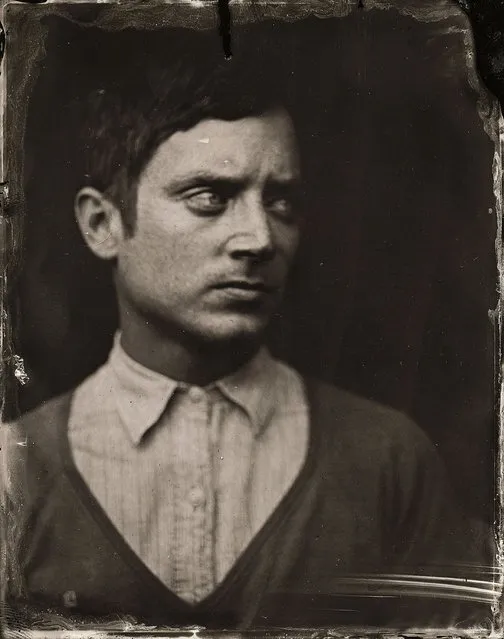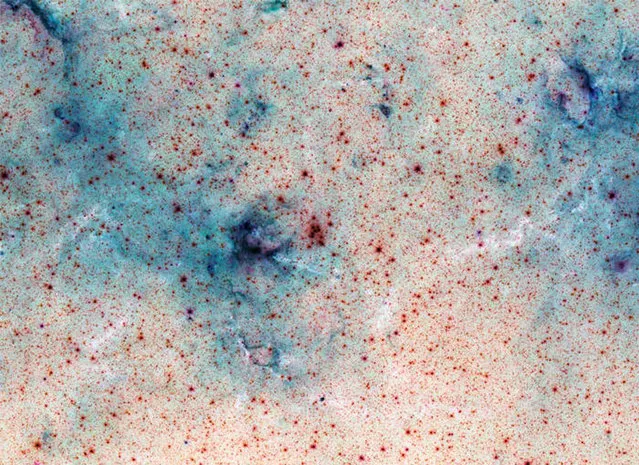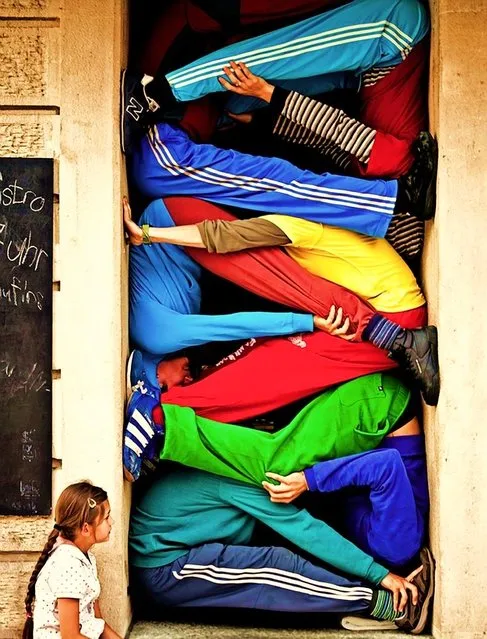
Michiko Ohashi (C), wearing a costume decorated with snacks, performs with other members of pop group Pottya at a fan meeting celebrating her birthday in Tokyo, Japan, October 16, 2016. Competition is cutthroat among Japan's thousands of pop idol wannabes, but a unique concept is winning fame for a band of “chubby” girls deploying their cheeky cuteness to combat prejudices against obesity. (Photo by Kim Kyung-Hoon/Reuters)
17 Dec 2016 08:12:00,post received
0 comments







